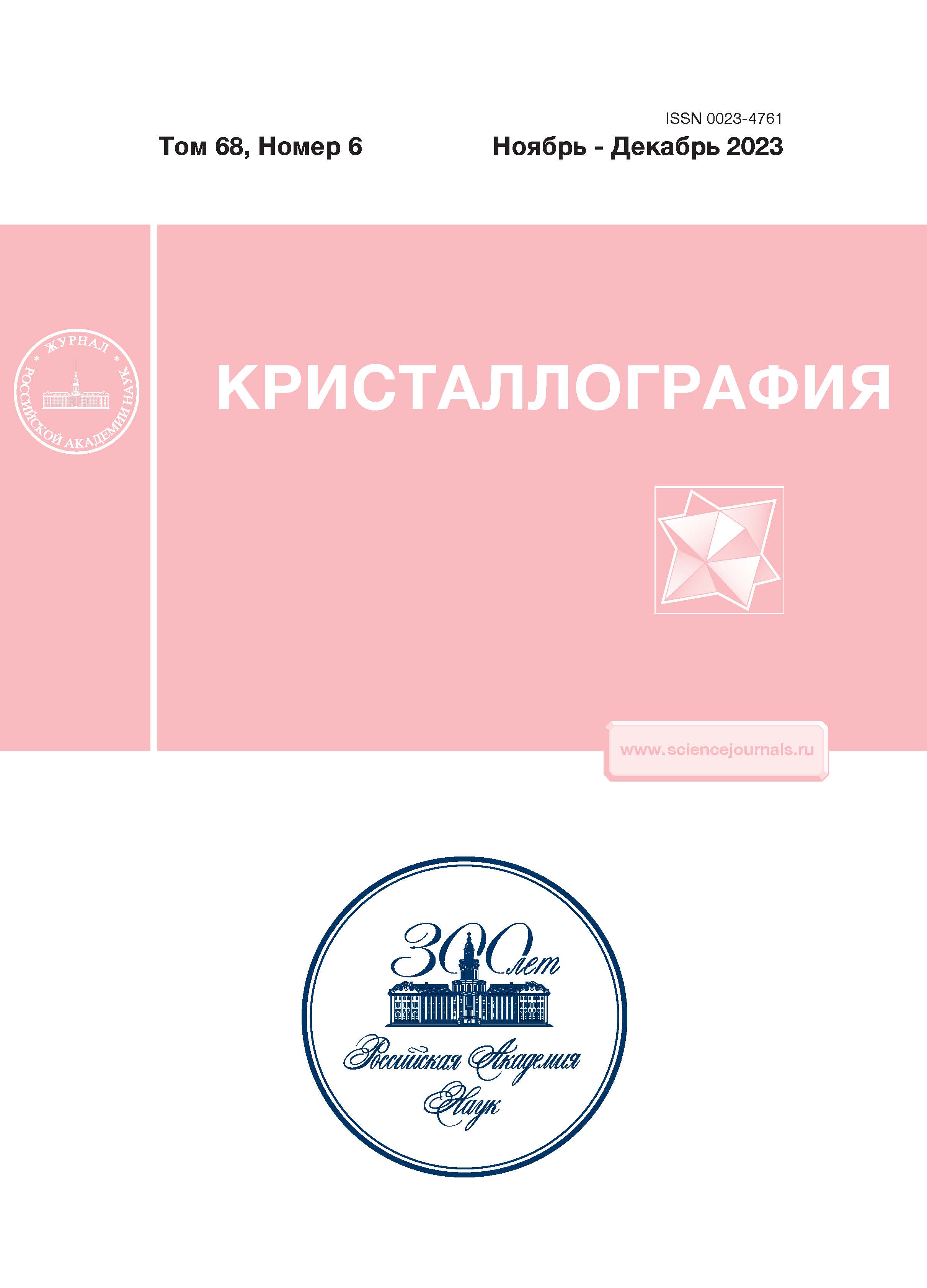Electron Microscopy Study of the Structure of the Sup35 Prion from Yeast Saccharomyces cerevisiae
- Authors: Burtseva A.D.1, Moiseenko A.V.2, Baymukhametov T.N.3, Dergalev A.A.1, Boyko K.M.1, Kushnirov V.V.1
-
Affiliations:
- Bach Institute of Biochemistry, Federal Research Center “Fundamentals of Biotechnology” of the Russian Academy of Sciences, 117071, Moscow, Russia
- Moscow State University, Moscow, Russia
- National Research Centre “Kurchatov Institute”, 123182, Moscow, Russia
- Issue: Vol 68, No 6 (2023)
- Pages: 874-880
- Section: STRUCTURE OF MACROMOLECULAR COMPOUNDS
- URL: https://rjeid.com/0023-4761/article/view/673269
- DOI: https://doi.org/10.31857/S0023476123600817
- EDN: https://elibrary.ru/HAMYDW
- ID: 673269
Cite item
Abstract
Prions form an infectious version of amyloid; they are involved in the pathogenesis of some human neurodegenerative diseases, including Alzheimer’s and Parkinson’s diseases. Yeast prions, in particular, the Sup35 protein, serve an effective model for studying the basic properties of amyloids. Strain versions of the prion form of Sup35 lie in the basis of the conformational diversity of the amyloid structures formed by it, which exhibit different biological properties. The spatial organization of the Sup35 prion has not yet been established. The structure of the strain version W of Sup35 prion protein, isolated ex vivo from yeast Saccharomyces cerevisiae, was studied by transmission electron microscopy (TEM). The parameters of the fibril were estimated, and its structure was reconstructed with a low resolution.
About the authors
A. D. Burtseva
Bach Institute of Biochemistry, Federal Research Center “Fundamentals of Biotechnology” of the Russian Academy of Sciences, 117071, Moscow, Russia
Email: kmb@inbi.ras.ru
Россия, Москва
A. V. Moiseenko
Moscow State University, Moscow, Russia
Email: boiko_konstantin@inbi.ras.ru
Россия, Москва
T. N. Baymukhametov
National Research Centre “Kurchatov Institute”, 123182, Moscow, Russia
Email: boiko_konstantin@inbi.ras.ru
Россия, Москва
A. A. Dergalev
Bach Institute of Biochemistry, Federal Research Center “Fundamentals of Biotechnology” of the Russian Academy of Sciences, 117071, Moscow, Russia
Email: boiko_konstantin@inbi.ras.ru
Россия, Москва
K. M. Boyko
Bach Institute of Biochemistry, Federal Research Center “Fundamentals of Biotechnology” of the Russian Academy of Sciences, 117071, Moscow, Russia
Email: boiko_konstantin@inbi.ras.ru
Россия, Москва
V. V. Kushnirov
Bach Institute of Biochemistry, Federal Research Center “Fundamentals of Biotechnology” of the Russian Academy of Sciences, 117071, Moscow, Russia
Author for correspondence.
Email: boiko_konstantin@inbi.ras.ru
Россия, Москва
References
- Tycko R., Wickner R.B. // Acc. Chem. Res. 2013. V. 46. P. 1487. https://doi.org/10.1021/ar300282r
- Sabate R. // Prion. 2014. V. 8. P. 233. https://doi.org/10.4161/19336896.2014.968464
- Prusiner S.B. // Science. 1982. V. 216. P. 136. https://doi.org/10.1126/science.6801762
- Paushkin S.V. et al. // Science. 1997. V. 277. P. 381. https://doi.org/10.1126/science.277.5324.381
- Uptain S.M. // EMBO J. 2001. V. 20. P. 6236. https://doi.org/10.1093/emboj/20.22.6236
- Kushnirov V.V. et al. // Prion. 2007. V. 1. P. 179. https://doi.org/10.4161/pri.1.3.4840
- Krishnan R., Lindquist S.L. // Nature. 2005. V. 435. P. 765. https://doi.org/10.1038/nature03679
- Gorkovskiy A. et al. // Proc. Natl. Acad. Sci. USA. 2014. V. 111. https://doi.org/10.1073/pnas.1417974111
- Toyama B.H. et al. // Nature. 2007. V. 449. P. 233. https://doi.org/10.1038/nature06108
- Dergalev A. et al. // IJMS. 2019. V. 20. P. 2633. https://doi.org/10.3390/ijms20112633
- Ohhashi Y. et al. // Proc. Natl. Acad. Sci. USA. 2018. V. 115. P. 2389. https://doi.org/10.1073/pnas.1715483115
- Chernoff Y.O. et al. // Science. 1995. V. 268. P. 880. https://doi.org/10.1126/science.7754373
- Scialò C. et al. // Viruses. 2019. V. 11. P. 261. https://doi.org/10.3390/v11030261
- Mastronarde D.N. // Microsc Microanal. 2003. V. 9. P. 1182. https://doi.org/10.1017/S1431927603445911
- Punjani A. et al. // Nat. Methods. 2017. V. 14. P. 290. https://doi.org/10.1038/nmeth.4169
- Makin O.S., Serpell L.C. // FEBS J. 2005. V. 272. P. 5950. https://doi.org/10.1111/j.1742-4658.2005.05025.x
- Van Heel M., Schatz M. // J. Struct. Biol. 2005. V. 151. P. 250. https://doi.org/10.1016/j.jsb.2005.05.009
- Rosenthal P.B., Henderson R. // J. Mol. Biol. 2003. V. 333. P. 721. https://doi.org/10.1016/j.jmb.2003.07.013
- Eanes E.D., Glenner G.G. // J. Histochem. Cytochem. 1968. V. 16. P. 673. https://doi.org/10.1177/16.11.673
Supplementary files















